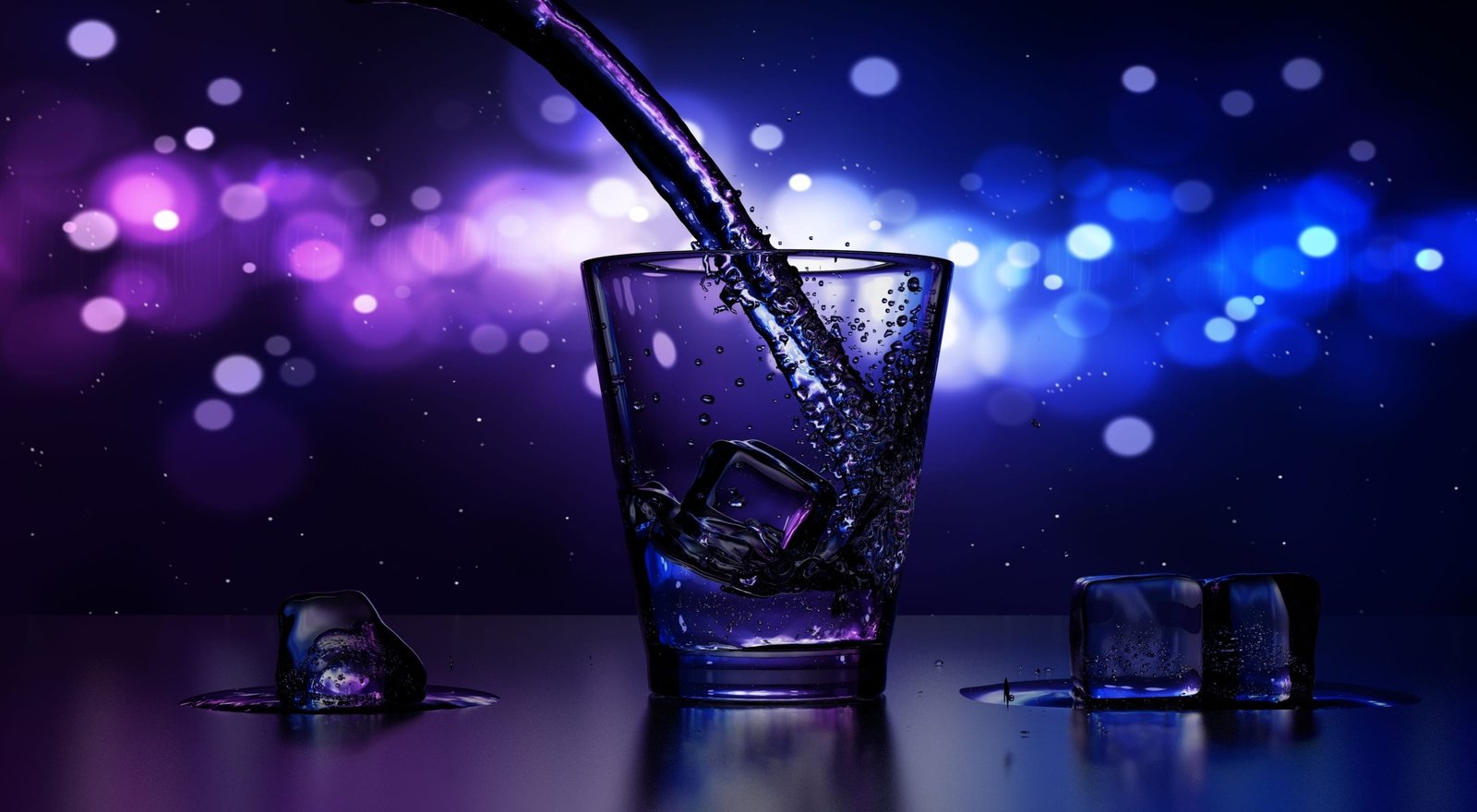What’s your signature drink? Everyone knows vodka, wine, whiskey, beer – but what about feni, amaro, or aragh sagi? A new graphic from JohnSlots offers a shot of knowledge about the drinks from around the world you won’t have tried.
There are more drinks out there than the lager you’ll find on tap at a chain pub. Aperitif to digestif, Anglo-Saxon hero drinks to chasers for beer, you’ll only find a truly unique drinking experience if you’re willing to travel for it.
A new graphic from JohnSlots reveals the international drinks you’re less likely to have heard of, ranging from the rice drink brem from Bali to makgeolli in South Korea – and covering a few more familiar names along the way, like mead (and maybe gløgg).
The infographic offers the ingredients involved in each drink, including everything from spirits and spices to fruit and vegetables. There are flavours like cashew and coconut, dates, carob, or even artichoke, so whatever your taste and wherever you go, there’s bound to be something to tantalise your taste buds.
Wine Bright Lakka Diamond
As well as the name and flavour of the drink, you can find out a bit about their backgrounds, and how they stand out as a symbol of the local identity. After all, to find the heart of a culture, go straight to the food and drink!
Some of the more curious beverages include:
- Patxaran – comprising both coffee and either cinnamon or anise flavours, this Spanish drink has a lot going on. It’s usually served after meals, in theory to to aid digestion.
- Akvavit – flavoured with spices and built on spirits (mostly Brännvin), the Swedish drink “akvavit” literally translates as “water of life”, and is often drunk after a traditional song has been sung.
- Gløgg – a hot and fruity mulled wine, gløgg is generally served around Halloween and Christmas, often with a Norwegian rice pudding called risgrøt.
- Lakka – cloudberries are an amber-coloured fruit similar to raspberries and blackberries. They’re the key ingredient in lakka, a Finnish liqueur.
- Jenever – Jenever is the Dutch drink that eventually gave rise to gin. Flavoured with juniper, it comes in two variants: oude (old) and jonge (young), where the former contains at least 15% malt, and the latter less than 15%.
A drink is more than the sum of its parts. It’s a distillate of its culture – these are the drinks you’ll struggle to get outside of the regions where they’re made. They’re made for the locals, and it’s the best way to get a taste of the local heritage.

See infographic here(via www.johnslots.com).












